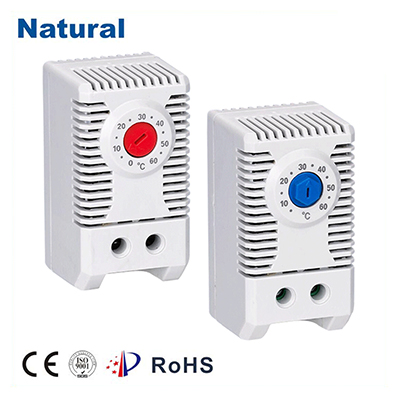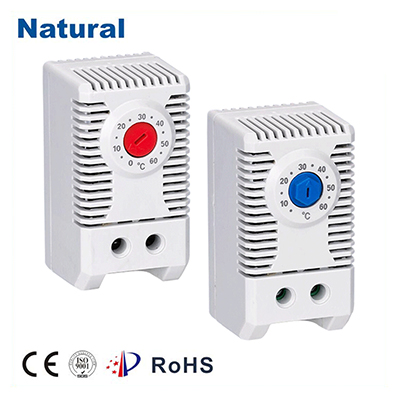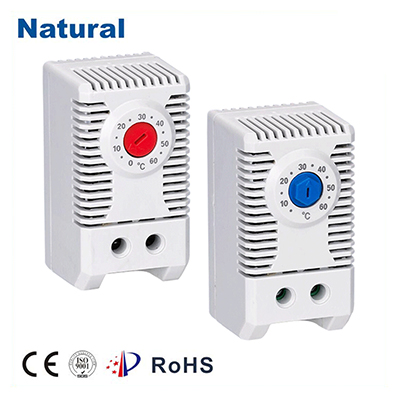In the realm of temperature regulation, contact thermostats play a pivotal role in maintaining desired thermal conditions across various applications. These devices are vital in both residential and industrial settings, ensuring comfort and safety by accurately monitoring and controlling temperature levels. This article delves into the functioning, applications, and benefits of contact thermostats, highlighting their significance in modern temperature control systems.

What is a Contact Thermostat?

A contact thermostat is a temperature-sensitive device that activates or deactivates electrical circuits based on the temperature it detects. It consists of a sensing element that responds to temperature changes and a switch that opens or closes the electrical circuit when the temperature reaches a predetermined level. This straightforward yet effective mechanism allows for precise control of heating and cooling systems, making contact thermostats an essential component in HVAC (Heating, Ventilation, and Air Conditioning) systems, refrigeration units, and even household appliances. How Contact Thermostats Work
